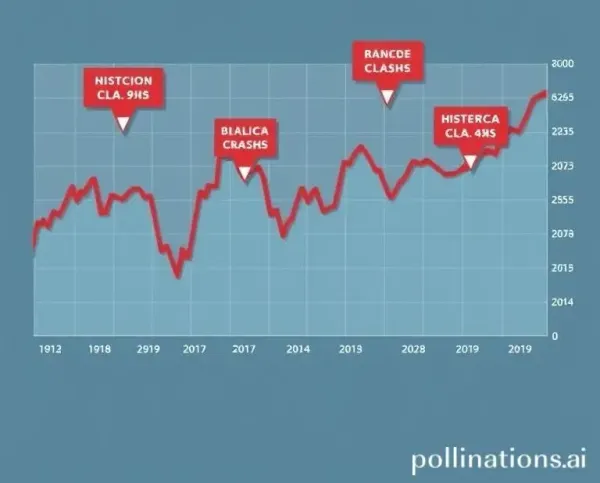Optimizing Your 401(k): Timing Your Contributions for Maximum Benefits
Discover the best strategy for timing your 401(k) contributions for maximum growth and financial security.

Ever puzzle over the best way to time your 401(k) contributions? You're not alone. Many of us wonder whether it's better to contribute evenly throughout the year or to front-load those contributions. Let's explore the ins and outs to help you make the best decision for your financial future.
Why Timing Your Contributions Matters
When it comes to maximizing your 401(k), timing can play a crucial role. Markets fluctuate continuously, and buying at varying points can balance out the highs and lows, a concept known as dollar-cost averaging. But what does this mean for you?
The Steady Approach
Contributing evenly across the year is like the 'steady as she goes' method. It's predictable and offers peace of mind, aligning perfectly with those who prefer consistency over surprises.
- Smoothed market entry points
- Budgeting aligned with regular paychecks
- Reduced emotional stress during market dips
The Front-Load Strategy
On the other hand, some prefer to front-load their 401(k) at the beginning of the year. This strategy can make sense if you anticipate market growth. A friend of mine once shared how this approach helped them capture significant gains during a bullish market early in the year. However, it's crucial to understand your own risk tolerance as this approach can be a double-edged sword.
Consider Your Cash Flow
Things get practical when we talk cash flow. An even contribution affords predictable cash management, while front-loading requires a significant financial cushion. Review your budget and determine what fits best without straining your day-to-day finances.
Taxes and Employer Match
Don't forget about potential implications like taxes and employer match limits! Contributing too quickly might cap off employer benefits early, leaving some matching dollars on the table.
Ultimately, the right choice depends on your financial goals, market outlook, and personal circumstances. Both strategies have merits, and there's no one-size-fits-all answer. Have you figured out the best strategy for your 401(k)?




